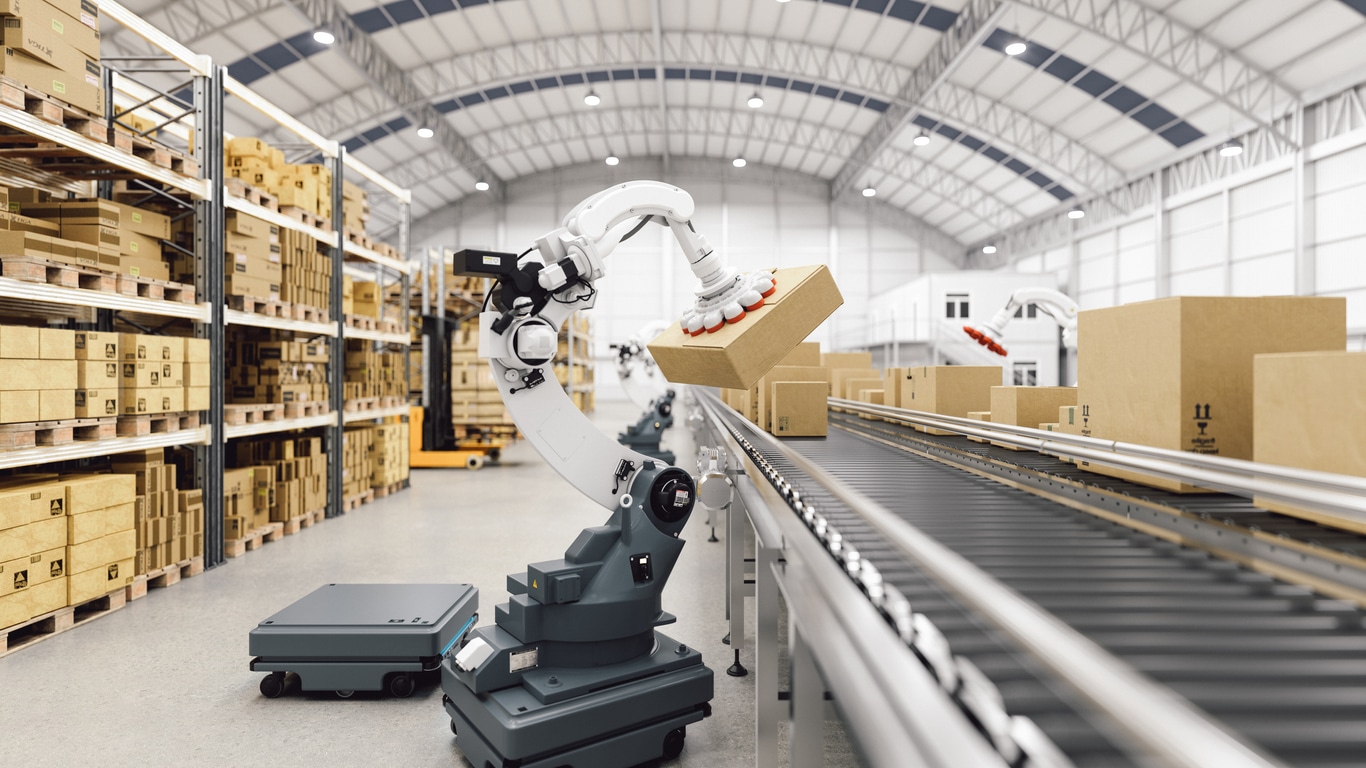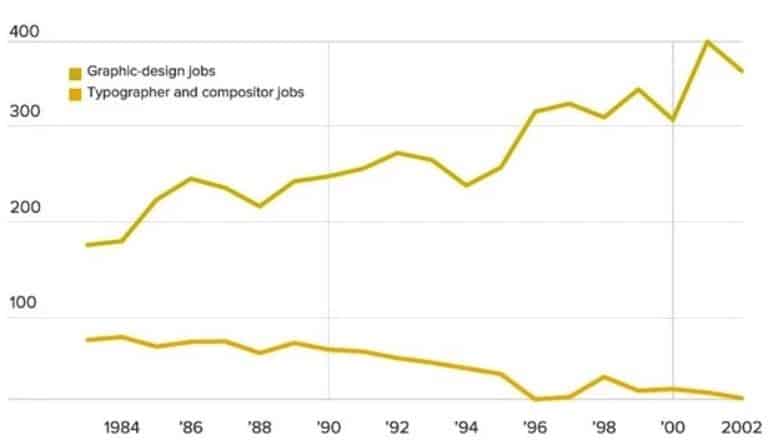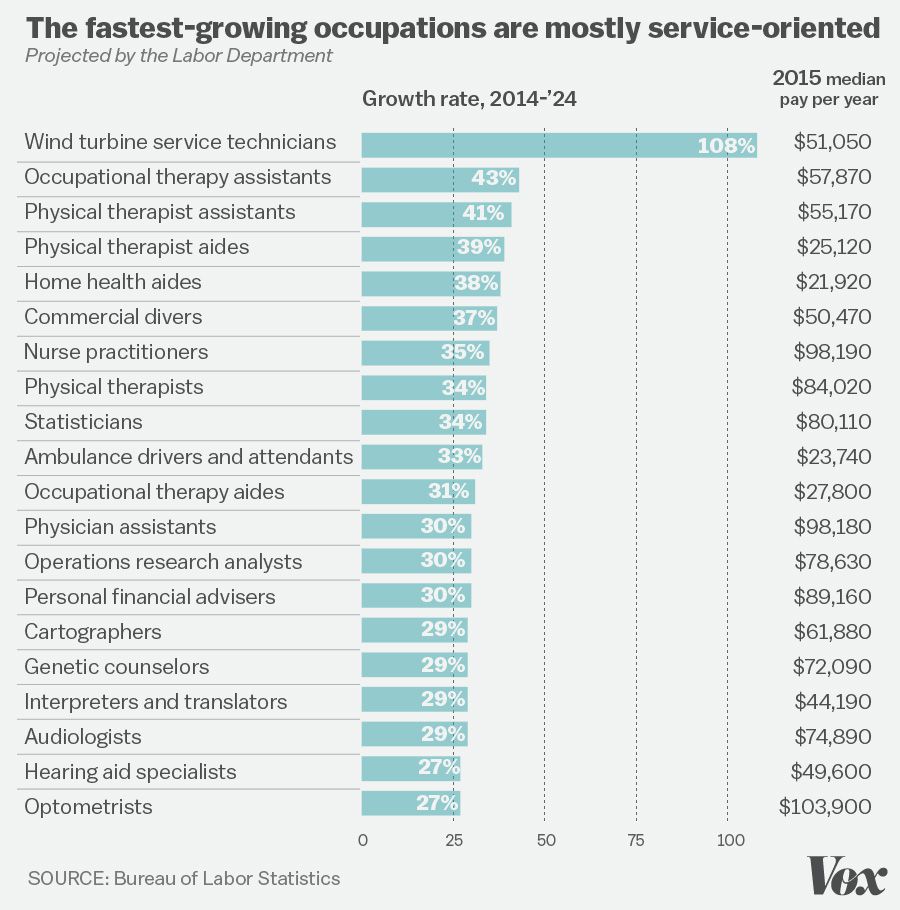4 Ways Automation Drives Productivity in the Workplace

A new wave of automation threatens the jobs of hundreds of workers at a time when many people are working from home.
That’s not just a description of the 2020s but also of the early 1800s.
At the turn of the 19th century, weavers, spinners, and “croppers” had lucrative jobs (mostly working from their homes) when the invention of the gig mill threatened to automate their jobs out of existence.
What followed was several years of feuding between wealthy factory owners and the first generation of Luddites who thought that automation would destroy society as they knew it. Thankfully through time, collective bargaining, and innovation, this automation didn’t destroy society but opened up the floodgates of progress and productivity.
Automation is a powerful tool for growth, productivity, and employee satisfaction. These are four of the biggest ways that automation can revolutionize your business today, just like it repeatedly has in the world.
Key Takeaways:
- Automation encompasses everything from AI chatbots to robot bartenders and affects workplace productivity in many ways.
- While automation makes some jobs obsolete, it creates new kinds of more meaningful labor opportunities.
- FileCenter brings the power of automation to your document management system.
Types of Workplace Automation
The word “automation” encompasses various technologies, but the common thread is that automation takes manual jobs and uses various tools to accomplish them in a streamlined, less labor-intensive way.
Some of the major types of workplace automation are:
- Robotics – Robots are mechanical, electronic, computer-programmed machines. In 2005, 90% of robots were in automotive manufacturing plants, but today robots help with everything from stacking pallets to diffusing bombs.
- Mechanization – More loosely defined than robotics, mechanization uses physical tools to automate jobs. Mechanization includes everything from staplers to forklifts. Unlike robotics, mechanizations aren’t computer programmed and may not use electricity.
- Artificial Intelligence – Along with its cousin, machine learning, artificial intelligence uses software to find patterns in data and leverage those insights to create new strategies for analyzing data. Artificial intelligence is the most useful for most workplaces because it can help mitigate the need for human decision-making.
- Computerization – Most business today isn’t conducted on paper but on screen. Computerization has changed how businesses communicate, sell products, and manage documents.
Certain types of businesses, like manufacturing and warehousing, can benefit the most from hardware automation (such as robotics and mechanization). Other types of businesses, like software and consulting, benefit the most from artificial intelligence and computerization. Most businesses utilize a combination of all four types of automation, and the principles of automation are the same across every industry.

1. Reduce Repetitive Work
Technologies like Customer Relationship Management (CRM) have assisted human decision-makers with the menial parts of building relationships (keeping track of calendars, customer behavior, and contact information), but automation can’t replace the human element of decision-making.
Automation increases productivity by reducing repetitive work, such as sealing soda bottles in a bottling plant, printing copies before an important meeting, or automatically routing receipts based on their contents.
No matter your industry, automation can help reduce repetitive work and free up time so you can focus on more important tasks like decision-making and relationship-building.
2. Save Labor Costs
How much time does your workplace spend on menial work, like filing paperwork, sending repetitive emails, and entering data?
Knowledge workers spend around 1/3 of every workday looking for information. While automation can’t completely remove that 2.5 hours of work every day, it can speed up the process in several ways:
- Convert scanned documents into machine-readable text
- Search for documents based on keywords metadata, or document contents
- Batch process and sort incoming receipts.
Searching for information represents 30% of your labor costs, but automation through document management software can substantially reduce that expense.
Searching for information is just one example of the labor costs that automation can reduce. Historically, automation has helped accomplish repetitive work like typesetting so that workers can focus on creative work like graphic design, increasing productivity and reducing labor costs.

3. Promote Meaningful Labor
While some people fear that robots will steal jobs, the reality is that automation increases the demand for meaningful labor.
Automation is optimizing some jobs out of existence (particularly in the wake of COVID-19), especially manufacturing jobs. In the same way, automation has made human labor more valuable than ever. The cotton gin, assembly line, and self-service checkout have helped to expand industries rather than destroy them,
Automation has boosted productivity not because it replaces human labor but because it changes the kinds of labor humans spend their time on. Service-oriented jobs have skyrocketed in value over the last few decades. Even though automation can effectively brew coffee, mix drinks, and chat with customers, the human element keeps people returning to craft breweries, coffee shops, and human customer service agents.

4. Boost Employee Satisfaction
It’s good for people to be happy, and employee satisfaction should be a goal of every workplace.
Not only is employee satisfaction good for employees, but it’s good for employers too. Employee satisfaction can increase productivity by 31%. Despite this incredible result, not all employers prioritize satisfaction—only 65% of employees in the United States report being content with their job.
Just how much can automation improve employee satisfaction and, in turn, boost workplace productivity? In companies that introduced automation tools, 89% of users responded that they were more satisfied in their day-to-day job, 84% said they felt more positive about their company in general, and 76% saw their stress levels improve. All these things together result in an incredible 91% of workers responding that automation improved their work/life balance.
Automation Drives Productivity in FileCenter
Automation can save you money while also boosting your workplace productivity, and FileCenter puts the power of automation at the forefront of your document management.
FileCenter’s automation tools can help you process and sort receipts based on their contents, convert images and scanned documents into machine-readable text, and quickly index and retrieve information in seconds.
To learn how FileCenter can upgrade your document management and boost productivity, compare versions or download a free trial today.


